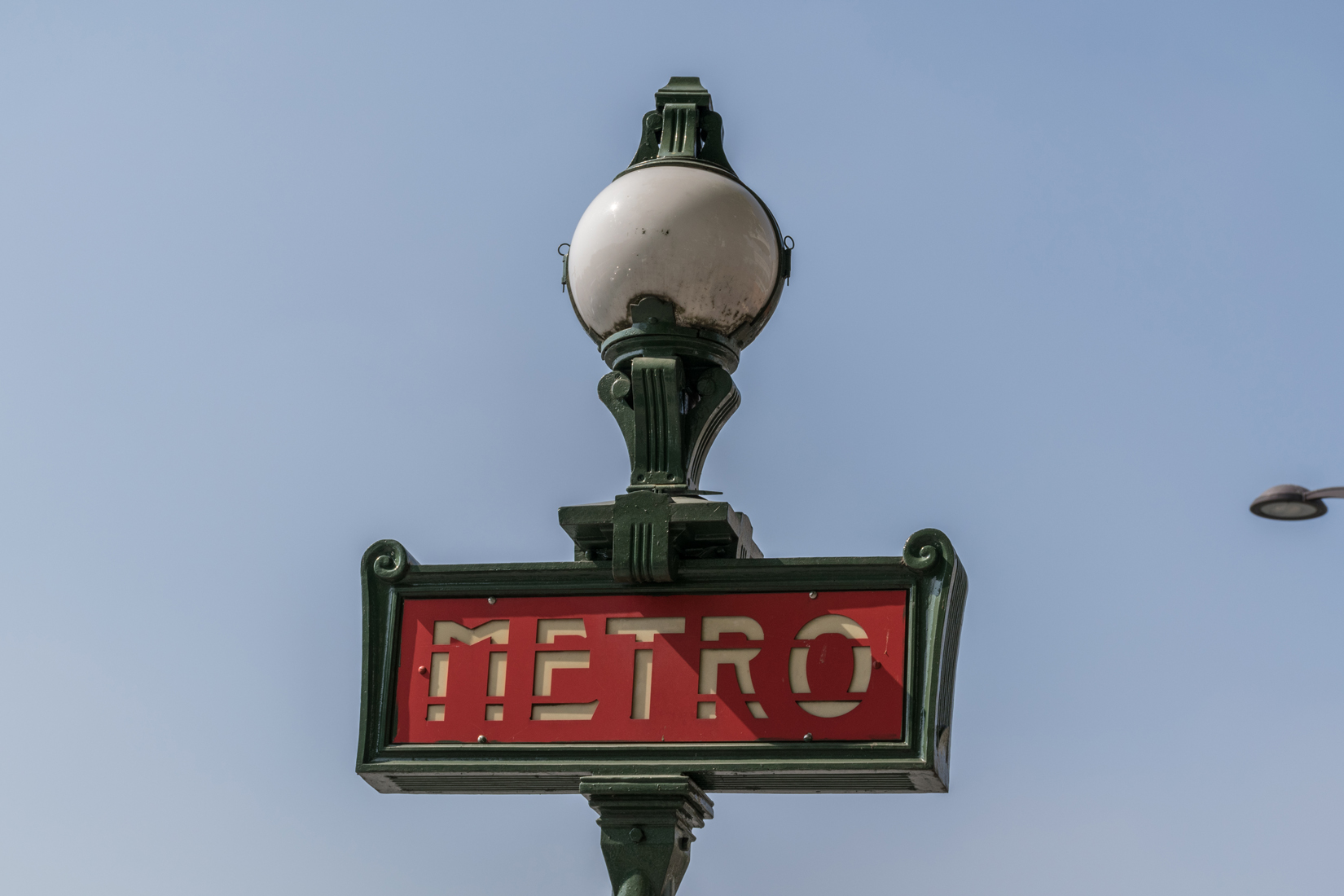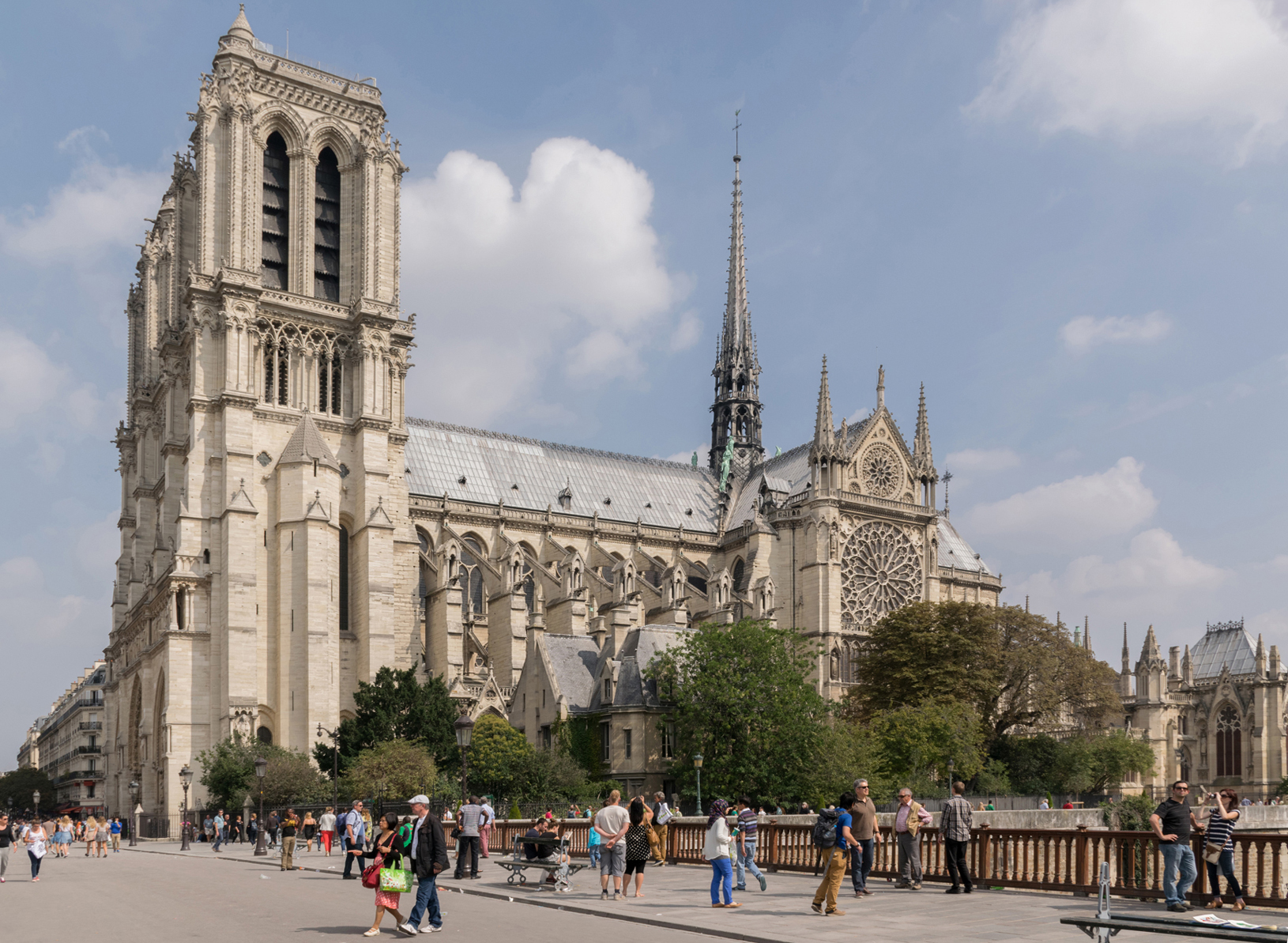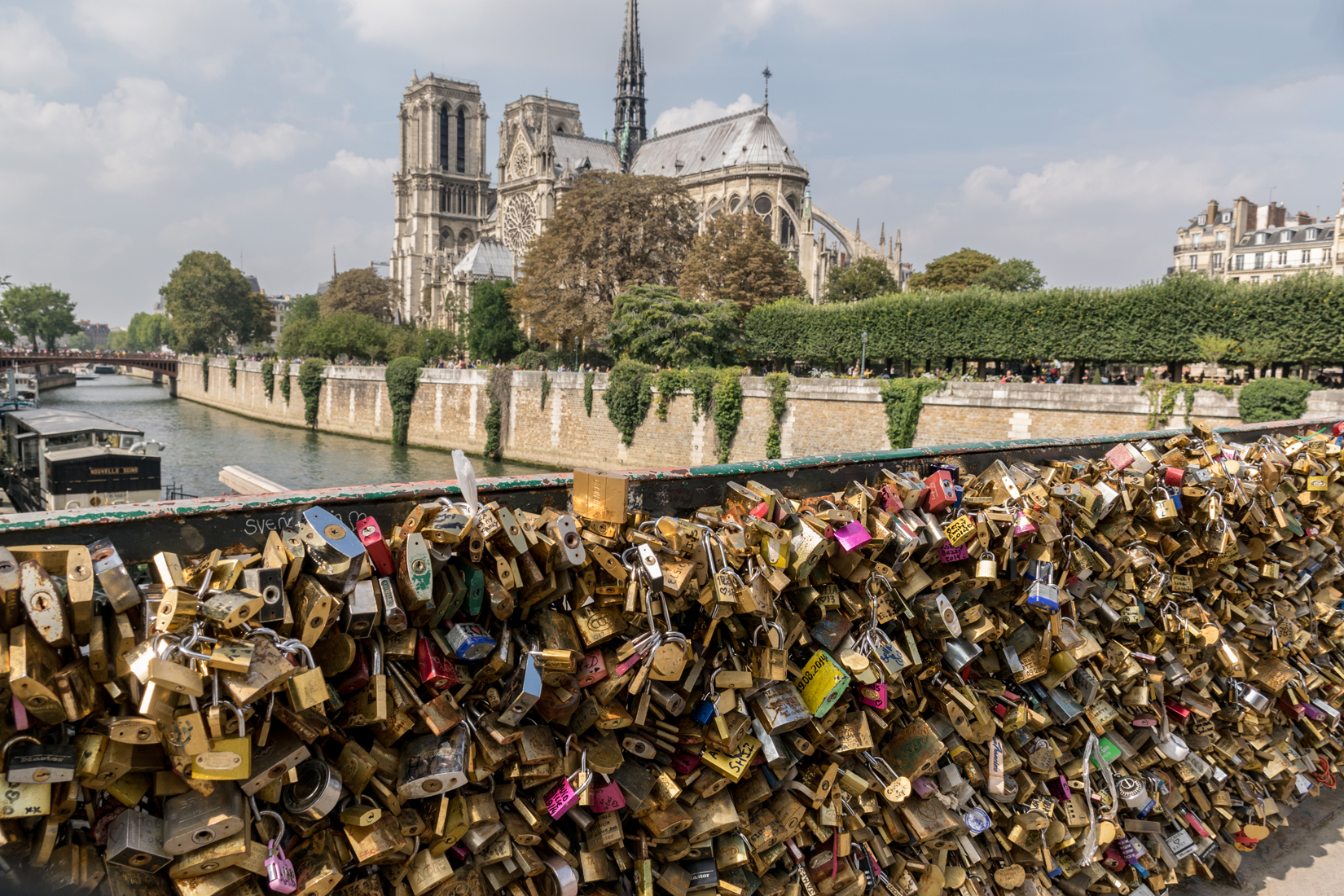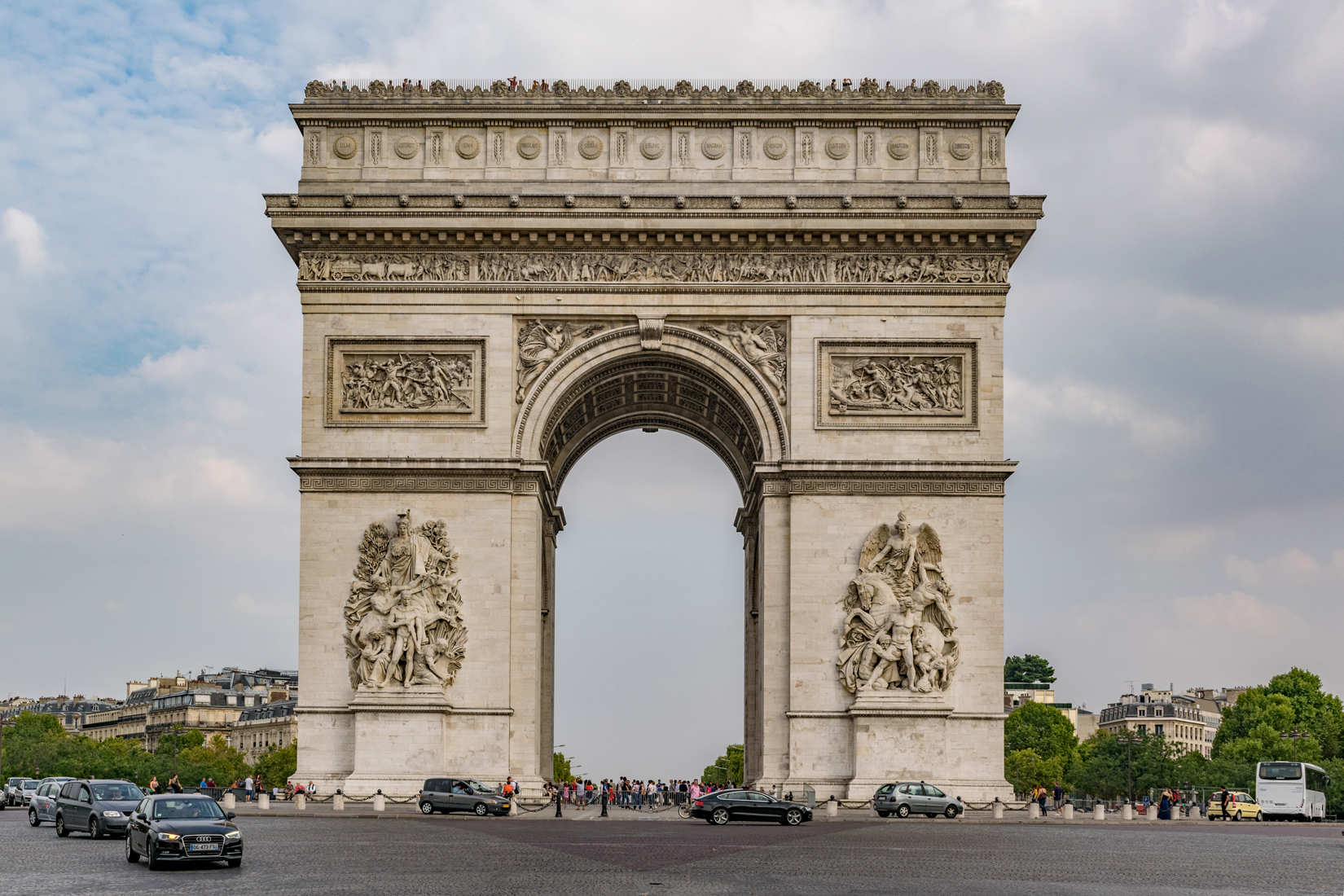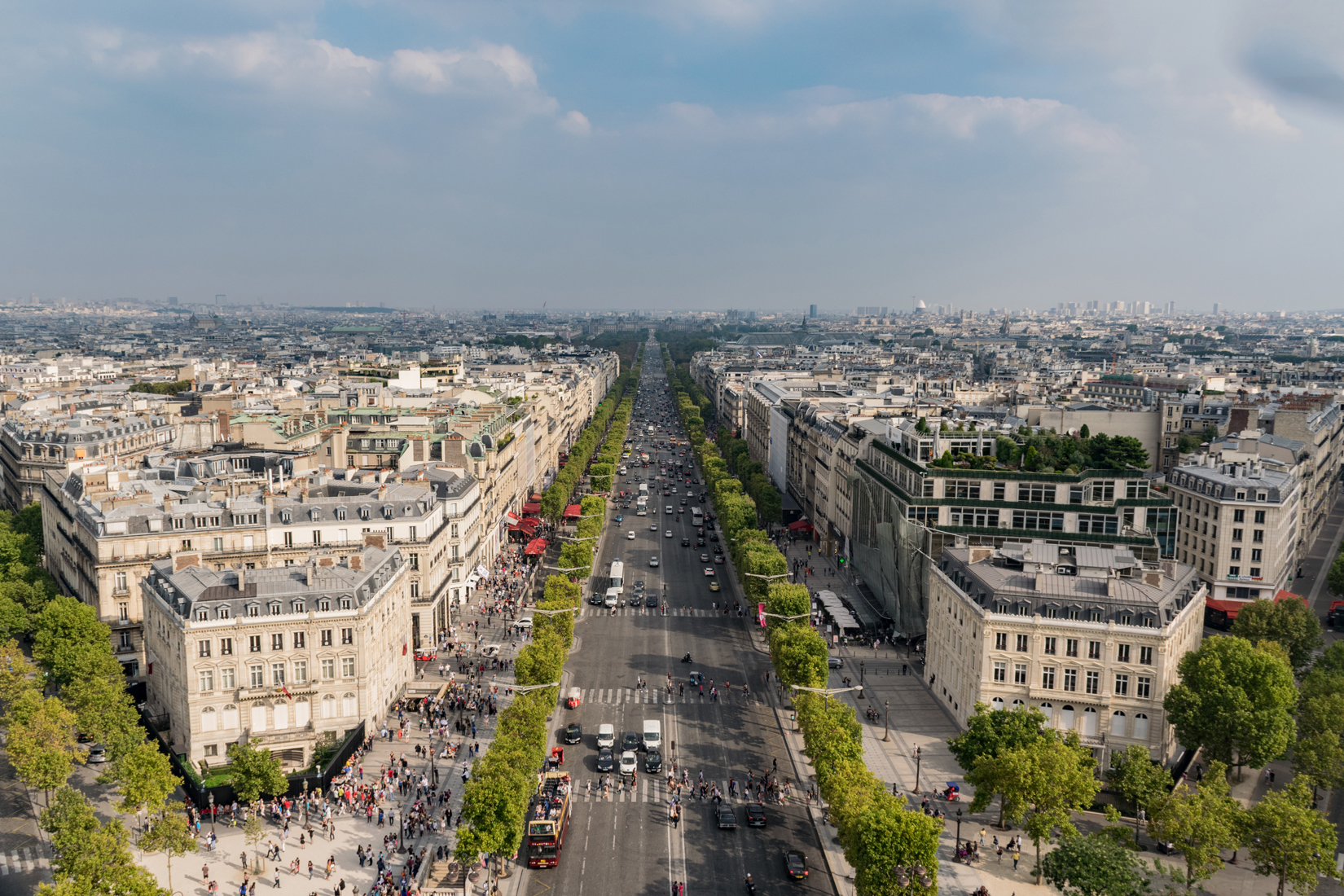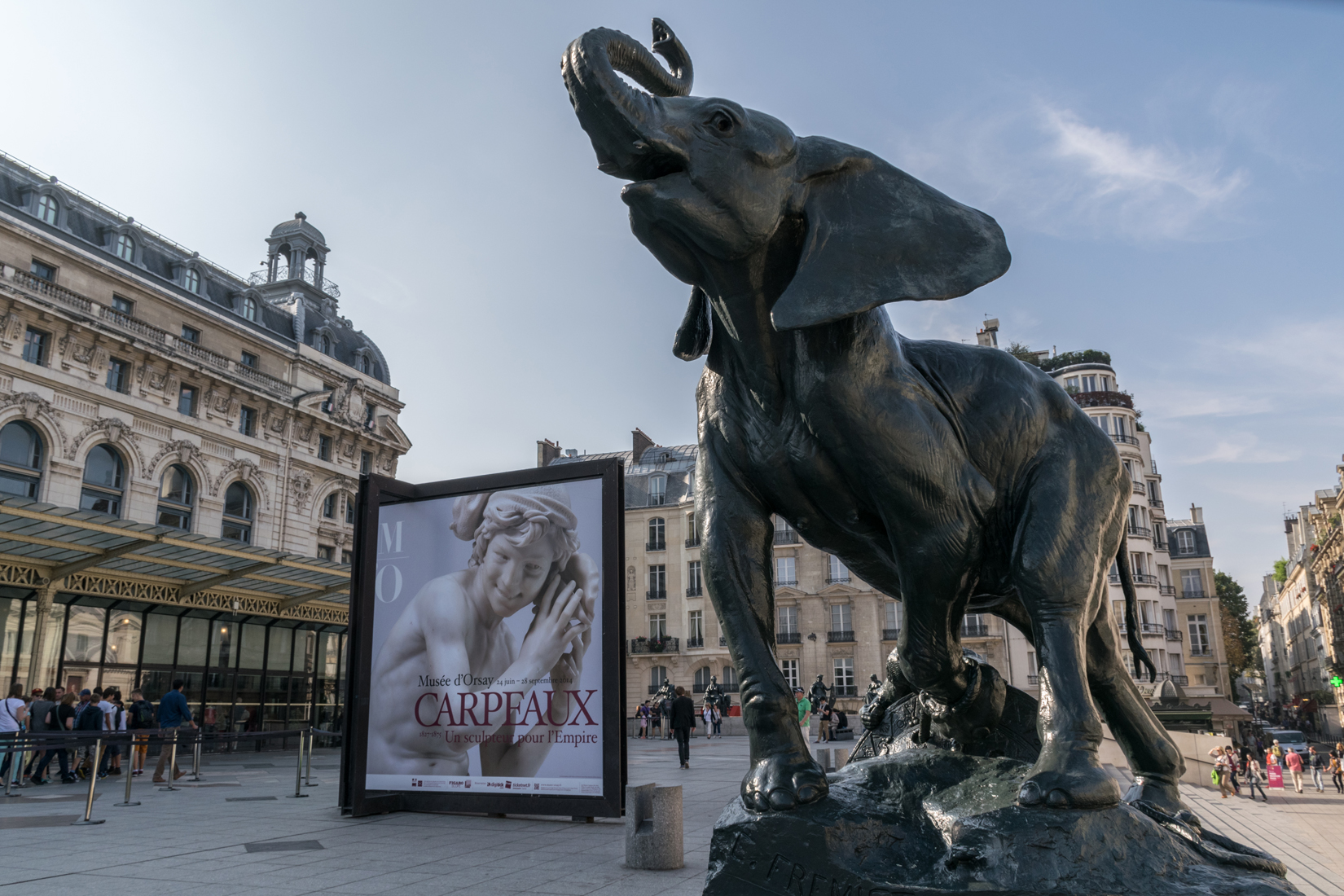Landmarks of Paris
9th September 2014
Paris was founded in the 3rd century BC by a Celtic people called the Parisii, who gave the city its name.
By the 12th century, Paris was the largest city in the western world, a prosperous trading centre, and the home of the University of Paris, one of the first in Europe.
In the 18th century, it was the centre stage for the French Revolution, and became an important centre of finance, commerce, fashion, science, and the arts, a position it still retains today . . .

The Eiffel Tower illuminated at night. Here seen from the Pont du Garigliano bridge over the Seine in the west of the city.
Paris was founded in the 3rd century BC by a Celtic people called the Parisii, who gave the city its name.
By the 12th century, Paris was the largest city in the western world, a prosperous trading centre, and the home of the University of Paris, one of the first in Europe.
In the 18th century, it was the centre stage for the French Revolution, and became an important centre of finance, commerce, fashion, science, and the arts, a position it still retains today . . .
In 2014 Paris received 22.4 million visitors, making it one of the world's top tourist destinations. Paris is also known for its fashion, particularly the twice-yearly Paris Fashion Week, and for its haute cuisine, and three-star restaurants.
[Wikipedia]
